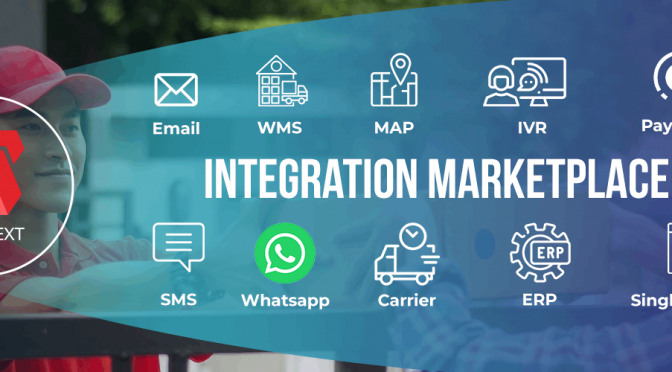
Not having proper integration will derail your supply chain and logistics operations. Here is how LogiNext is helping businesses across the globe streamline operations with a plethora of integration marketplace options to choose from.
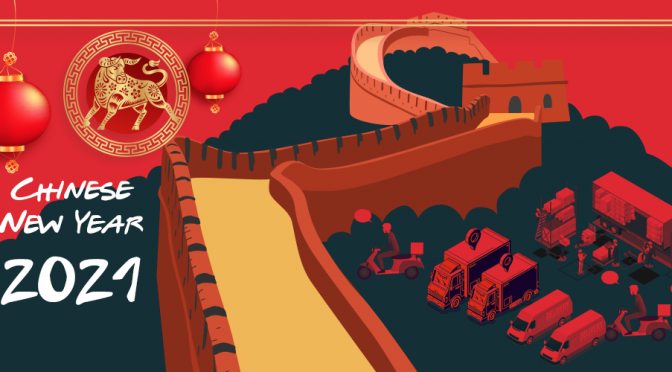
Chinese New Year is here! 5 tips to cope up with disruption in global supply chain Chinese New Year is celebrated on the New Moon that appears between 21st January and 20th February. According to the Chinese calendar, this day marks the onset of Spring and in 2021, the date is 12th February. This is […]
![[2021 outlook] Advanced Route Optimisation, Order Scheduling and ETA Calculation, what’s next?](https://www.loginextsolutions.com/blog/wp-content/uploads/2021/01/2021-outlook-672x372.png)
[2021 outlook] Advanced Route Optimisation, Order Scheduling and ETA Calculation, what’s next? 2020 is the year when logistics technology came in the spotlight. The global pandemic taught us how critical it is to have supply chain visibility and automated processes throughout the logistics supply chain. A lot of you in the e-commerce/last-mile delivery/QSR businesses […]
LogiNext’s field workforce optimization is machine learning-enabled planning engine which pulls in all the constraints such as preferred time slot visits, avoiding repeat visits, avoiding overlap or mirroring, and also to optimize the service time or time spent at each outlet

Static planning is a function of yesteryear. Wake up to new-age dynamic route planning for your field agent management. Most of Fortune 500 companies are maximizing the value of their active field agents using intelligent planning and optimization. It’s the most appropriate tool at the hand of managers to reduce costs and improve efficiency.

We recently integrated with Alexa, Google Assistant, Cortana, and Siri. Now, the manager can simply relax and instruct their personal assistant to fetch the information for them. Almost anyone can use the personal assistant without any hassle. It doesn’t matter if they are tech-savvy.
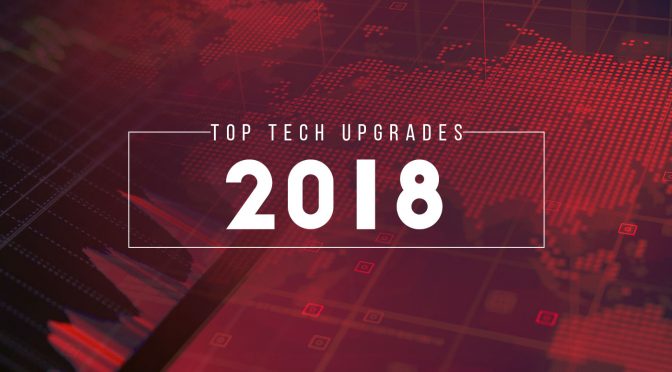
Tech evolution must always be around a purpose. The purpose of the upgrades mentioned here, and many more that are regularly communicated to the clients through mailers, is singular. To optimize resource movement with a view to reduce operations costs and improve overall process efficiency.
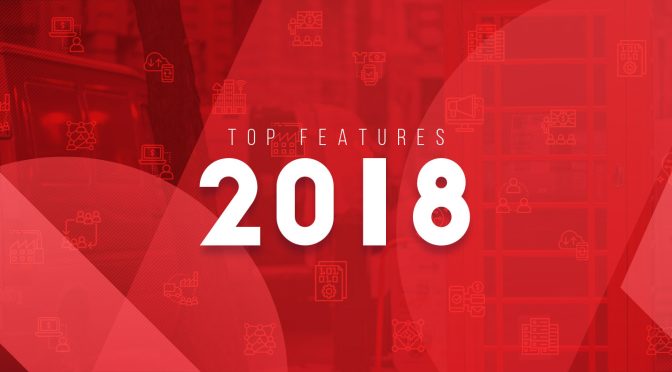
Here are the top features of the year that created the most value for our clients. These features have the highest usage among managers. These managers keep sending back their delightful feedback from time to time. Based on our own analytics and market feedback we have collated this list of the top features which created the most business value.

Case Study: How to Increase Sales Effectiveness by 25% in FMCG This is a story about effective field agent performance optimization and its resultant benefits. According to one of our major clients in the fast-moving consumer goods (FMCG) sector, field sales effectiveness was something that they wanted to increase as soon as possible. […]

Each image holds some memory space in the delivery person’s phone and it uses some amount of data as it is transferred through the Internet to the client’s dashboard or central processing point. To ensure proper authentication, the image must have high-definition and should be clear. Storing and transferring high-def images in quick time eats up battery and data from the phone.
A billion data points. One for every 8th person in the world. One for almost every vehicle in the world. Comprehensive location tracking data points encompassing more than three continents including North America, Asia, Northern Africa, and Southern Europe. It doesn’t get any bigger than this.

Bring your delivery management system into the new world. Communicate with your delivery personnel and track their movement while you optimize their routes and ensure on-time deliveries, right from a single app. The future of internal communications is here. Move on Slack and WhatsApp, LogiNext just changed the game.

Fast Moving Consumer Goods companies across the world are building markets as they grow towards their ambitious targets. Some of these companies have high brand loyalty such as Johnson & Johnson, Nestlé, Mondelēz, P&G, Unilever, Pepsi, Coca-Cola, and even Philip Morris. Healthy distribution network is the most critical factor in guiding your products reach their intended users.

While your field agents move around, make sure their time is well utilized by topping up your field service management with real-time workforce tracking. This adds a layer of agility and responsiveness in your services. The manager can react in quick time in case of any delay or service disruption. The faster reaction time also gives the companies the ability to capture key market insights at the right time.

Logistics management has now become the singular platform for cost leadership and profit generation. Most of the Fortune 500 companies partner with management consultants to streamline their strategies and processes. Accenture has time and again reinstated the importance of profitable and agile processes. They have adapted their strengths to incorporate logistics management as a core competency.

Many industry experts have stated that their field workforce management leaves them with a lot to desire for. As we know the first step to effective field service management is getting the right person for the work. Once you have that, things should be a cakewalk, but it often isn’t. Why does this happen? And what can you do avoid that?

To perfect field service automation and optimization, you must assess the knowledge base and abilities of your workforce and automate allocation of specific tasks requiring a particular set of skills to the field service professional possessing the same set. This would bring down the probability of dissatisfaction for your customer by dispatching the perfect field agent suited for the customer’s problem.

What would you do when your plans for effective field service management don’t execute as you wish them? It’s simple. Just go back to the basics and reinvent the wheel. It’s an arduous task if you stack it as such. But imagine the big names like Amazon, Google, IBM, Microsoft, Apple, or Tesla. These companies renovate to resonate with each evolution stage of its audience.

Like any market driven model, logistics management software would come in to the central focus as more and more companies are utilizing them and reaping rich rewards. In the next five years, it will all be about quick and fast deliveries with logistics analytics, 100% location accuracy, and complete end-to-end visibility. LogiNext offers all this and much more, so we know the future is bright.

Consider the transportation industry. Transportation is no longer a support function, it is a necessity. The past year saw the highest amount of vehicle sales in most developed nations. The United States had more than 17.5 million car sales in 2016. Consumer movement is catching up with logistics transportation in some places and outperforming them in other places.

As a company, we have spread wings across the globe, but Southeast Asia is where I find the perfect summation and confluence of diverse cultural flows. There is great balance between tradition and innovation. In Manila for the Forbes 30 Under 30 summit, I can’t help but marvel the power of innovation in bridging cultural and generational gaps across the world.
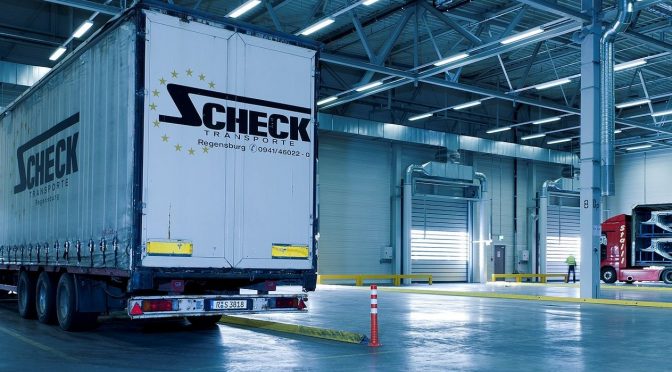
Asian retail and e-commerce market has grown leaps and bound in the past year and there is good reason to celebrate. What was once thought to be a red tape wasteland of opportunities, is turning out to be quite the temptress for all major corporations in the world. How did this transformation happen? How did Asian market become the darling of industries such as retail, FMCG, e-commerce, manufacturing, etc.?

Pharmaceutical industry has a traditional field agent management network where trade channel management is the primary sales pipeline along with being the distribution funnel for the industry. Channel management is of primary importance in this sector, unlike other growing industries.

The home services (Utilities) management industry has moved leaps and bounds in terms of field agent management evolution & the adoption of Internet of Things. Connected devices, right from the appliances in your house, to the meters monitoring your usage, the collectors collating the metering information feeding it into the head-end system.
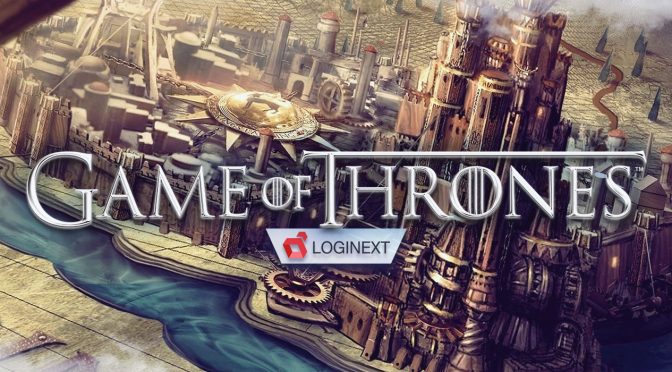
Jon Snow quietly builds his army at Winterfell being advised on matters (that she know nothing about) by Sansa Stark. Not far away from the action, Petyr Baelish refurnishes his plans to sit on the Iron Throne. Jon Snow gathers forces identifying the carrying and movement capacity of each of his resources. A crow drops a secret notification in his mailbox.

People have talked about the Internet of Things (IoT) in diverse terms, but what is it? IoT is the interaction and exchange of data amongst various connected devices and entities over the Internet, which then function towards singular goals. It’s like having a virtual connected universe, where you customize almost all your electronic interactions.

Morgan Stanley predicts that 30% of Microsoft revenue would be purely from its cloud products by 2018. Moreover, Microsoft predicts that the revenue from their new-cloud licensing would be up to 1.8 times the revenue from non-cloud licensing. Technology Business Research (TBR) predicts that the global revenue from the cloud computing platform would be $167 Billion.

Uber has had been on a topsy-turvy ride in the past few months that could earn it a lead in daily soap-operas such as the Days of Our Lives or All My Children. And now this. Their chief protagonist, Travis Kalanick has stepped down for an indefinite leave of absence. There is going to be a massive restructuring of the board and the vision of the company.
What to do in case of Ransomware attack? A Symantec’s report suggested that a modest Ransomware, or Cryptolocker, earned more than US$ 300,000 a month. A previous version of the Ransomware earned more than US$ 27 million. Most of these software authors create a chain of ‘Sales Professionals’ to further their reach.
Remember the viral video of Travis Kalanick from earlier this year where he is berating an Uber driver to take ownership of his own problem. Well we all know that video as the start of the derailment of Uber’s public relations. It’s easy to now imagine the company as being self-centered and culturally egoistic.

